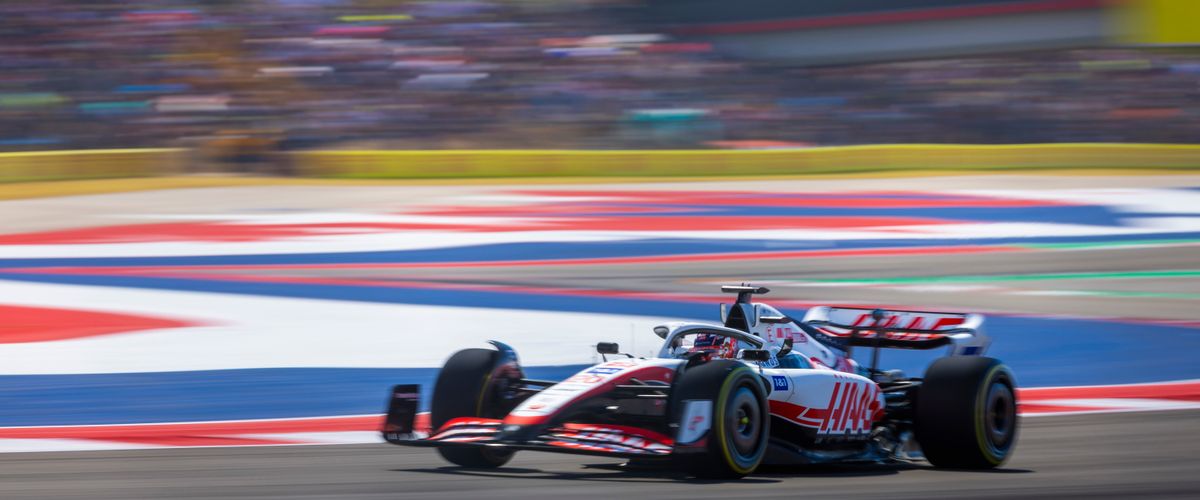She was told women can’t drive. Now she designs top-speed racecars
By Patrick L. Kennedy
When Anna Saad (ENG’20) arrived in Boston, she had never taken the wheel of an automobile. In fact, she was forbidden from driving—by royal decree.

The daughter of a Dutch mother and an Argentinian father, Saad was born and raised in Saudi Arabia during a time when women were legally banned from driving. Fortunately, her parents had brought her up to believe there was nothing she couldn’t do, and when she came to BU to study mechanical engineering, she was reunited with two older brothers, also in school in the area, who taught her to drive on the roads outside Boston.
But more than driving, what really revved Saad’s engine was designing and building racecars.
“That first week, I saw Terrier Motorsport, then known as BU Racing, had set up the frame of a car they were building,” Saad recalls. “Something clicked, and I said, ‘That’s what I want to do.’”
She joined the club, which was developing an open-wheel, single-seat electric vehicle that they hoped would some year hold its own against collegiate rivals in events such as timed laps and acceleration at the annual Formula Hybrid competition.

By sophomore year, Saad was head of the club’s bodywork and aerodynamics subteams. “We were building the nose and front part of the car out of fiberglass, working with composite materials,” she says. By junior year, Saad was club president and taking as many aerodynamics electives as she could, even adding summer classes. “I was applying what I was learning to a real-world project.”
On a cold day in early spring of Saad’s senior year, Terrier Motorsport tested their auto, which they nicknamed “Stella,” on Cummington Mall. It was a success. “We were only allowed to go 25 miles an hour, but just having it start and work and move was really a big deal and super satisfying,” Saad says.
The club was confident heading into the big meet. Unfortunately, COVID-19 spoiled those plans. The competition never happened.
But the following year, Saad landed just the job she wanted and had spent years preparing for. Now in Italy, she is a junior aerodynamics engineer—on a career track—for a Formula One (F1) racing team, tweaking and testing one of the world’s fastest regulated road-course racecars.
“Formula” refers to the rules followed by all of the elite open-wheel, single-seat cars that compete in the Grands Prix, a season of professional races held on both loop courses and closed public roads all over the world. Saad’s team is sponsored by machine tool maker Haas.
Naturally, driver skill plays a role in race results, but an enormous amount of work goes into iterating and rebuilding the cars from one meet to the next in order to gain any edge. As a test engineer, Saad spends half the week in the office, designing new surfaces and geometries for the car, and the other half in the wind tunnel testing those changes on a 60-percent-size scale model of the Haas vehicle.
“It’s the nature of F1,” says Saad. “You’re swapping out pieces and moving them a tiny bit, reshaping the car by millimeters at a time and seeing if that’s worth however many tenths of a second per lap, and you just cycle through that all year long. It’s the perfect foundation to learn because I’m physically doing the changes and seeing the results live.”
Saad thrives at that fast pace. “It’s a demanding environment,” she says. “There’s no room for mistakes. It just pushes you to another level. I get a lot of satisfaction out of that.”
The female proportion of the F1 workforce, while growing, is still stubbornly small, but Saad says she has never considered her gender to be a professional barrier.
“I wasn’t allowed to drive a car; now I build them for a living,” Saad says. “I had supportive parents, and their message was always so clear to me that regardless of what’s around you, if there’s something you want to do, you can go do it.”
Banner photo courtesy of Haas F1
